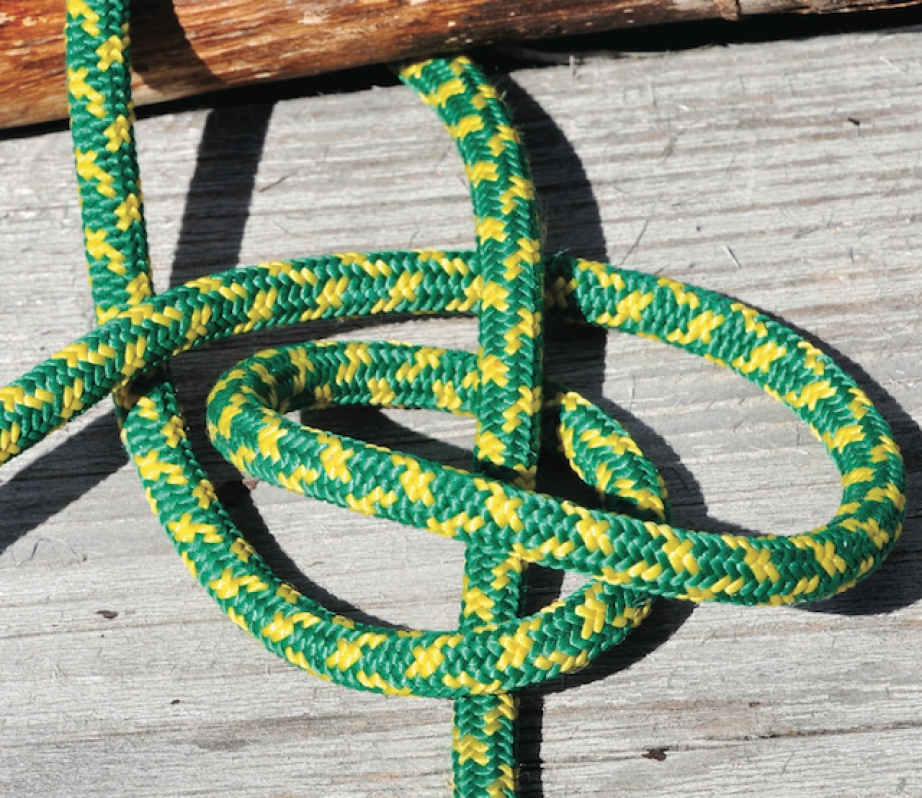Tying your shoes is one thing, but how about some knots that help around camp? Once you’ve mastered these you’ll be able to tie up your canoe, set up your tarp like a pro and stop your draw string from getting lost in your waistband. Have some fun around the campfire practicing these handy knots.
A Taut Line Hitch
lets you adjust the tension on a rope, making it great for setting up tarps and tightening tent fly lines. Practice tying the hitch around a stick.
- Start by passing one end of your rope around the stick and crossing it over the long part of your rope. Make sure to leave a long tail.
- Next, bring the tail of the rope up through the loop from behind.
- Bring the tail of the rope up through the loop a second time, from the same direction.
- Now, bring the end down alongside the long part of your rope and cross it underneath, creating a new loop.
- Bring the tail around the long part of your rope and pass it down through your new loop.
- Pull your hitch tight. the knot should slide easily up and down the rope until it’s under tension, when it should grip the rope and stay tight.
A Square Knot
or reef knot can be used to tie two lines together.
- Make an X by crossing the end of the left-hand rope over the end of the right-hand rope.
- Bring the left-hand end down behind the right-hand end, and back overtop again.
- Repeat the process, making another X with the new right-hand end overtop of the new left-hand end.
- Bring the right-hand end behind the left- hand end and back overtop.
- Pull both ends to tighten.
A Bowline
is a secure knot that creates a loop in the end of your rope. It’s perfect for tethering a rope to your canoe and your canoe to a dock or tree.
- Make a loop near one end of your rope.
- Take the short end, or tail, of your rope and feed it up through the loop.
- Next, take the tail and wrap it around the long end of your rope.
- Feed the tail back down through the loop.
- Tighten the knot by pulling the ends and the loop.
A Figure Eight Knot
is used as a stopper-knot. Tie one on the end of your drawstring to stop it from getting lost. it’s also the basis behind many more complicated knots used in boating and rock climbing.
- Cross one end of your rope over the long part of your rope, creating a loop.
- Then, pass the tail under the long part of your rope.
- Feed the tail back through the original loop you created.
- Pull your eight tight.
Up for a challenge?
Try tying a figure eight behind your back, a one-handed bowline or a square knot with your eyes closed. grab a friend and have a tie-off to see who can tie a taught line hitch the fastest.

This article first appeared in the Early Summer 2011 issue of Canoeroots Magazine.




